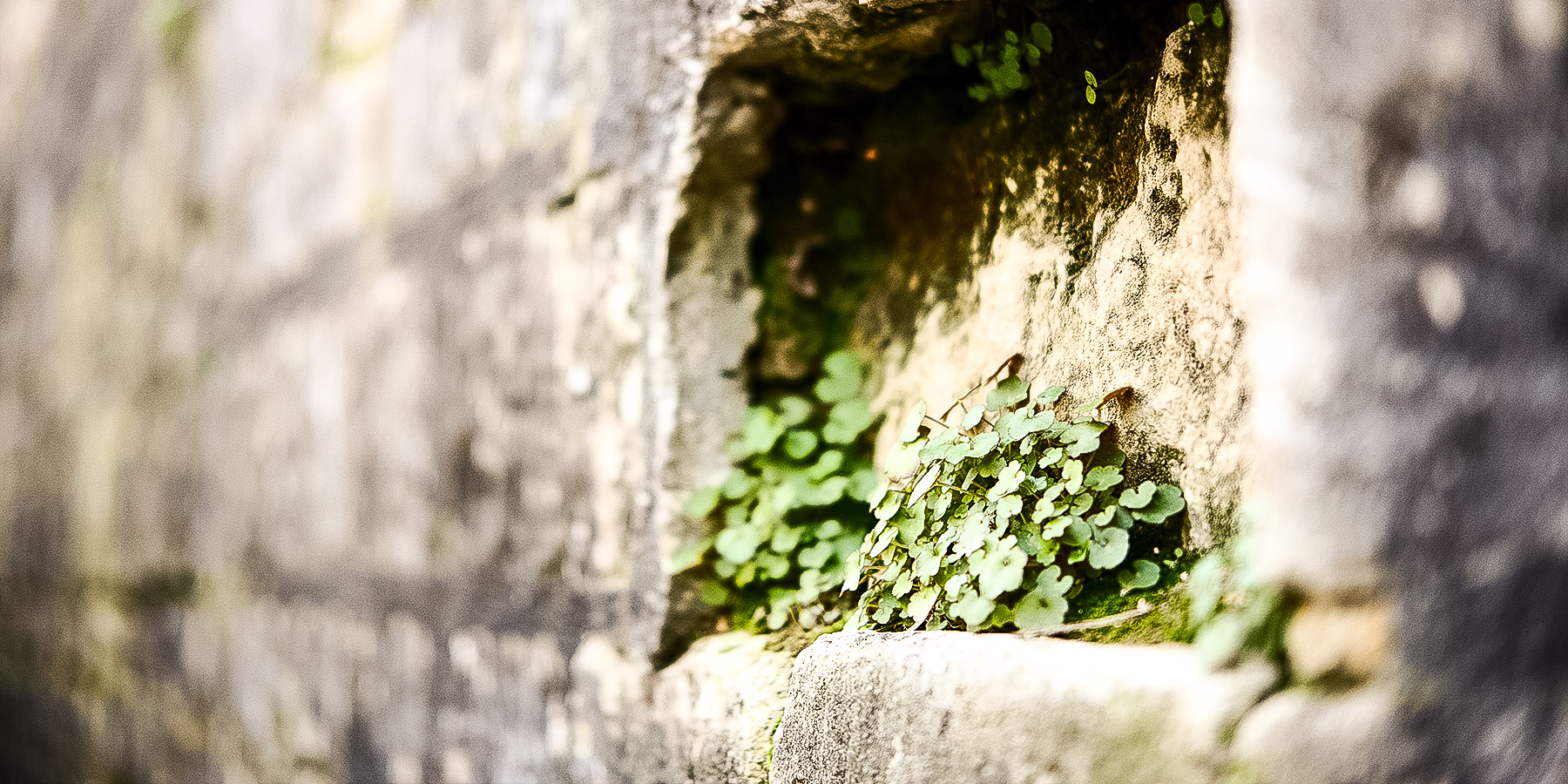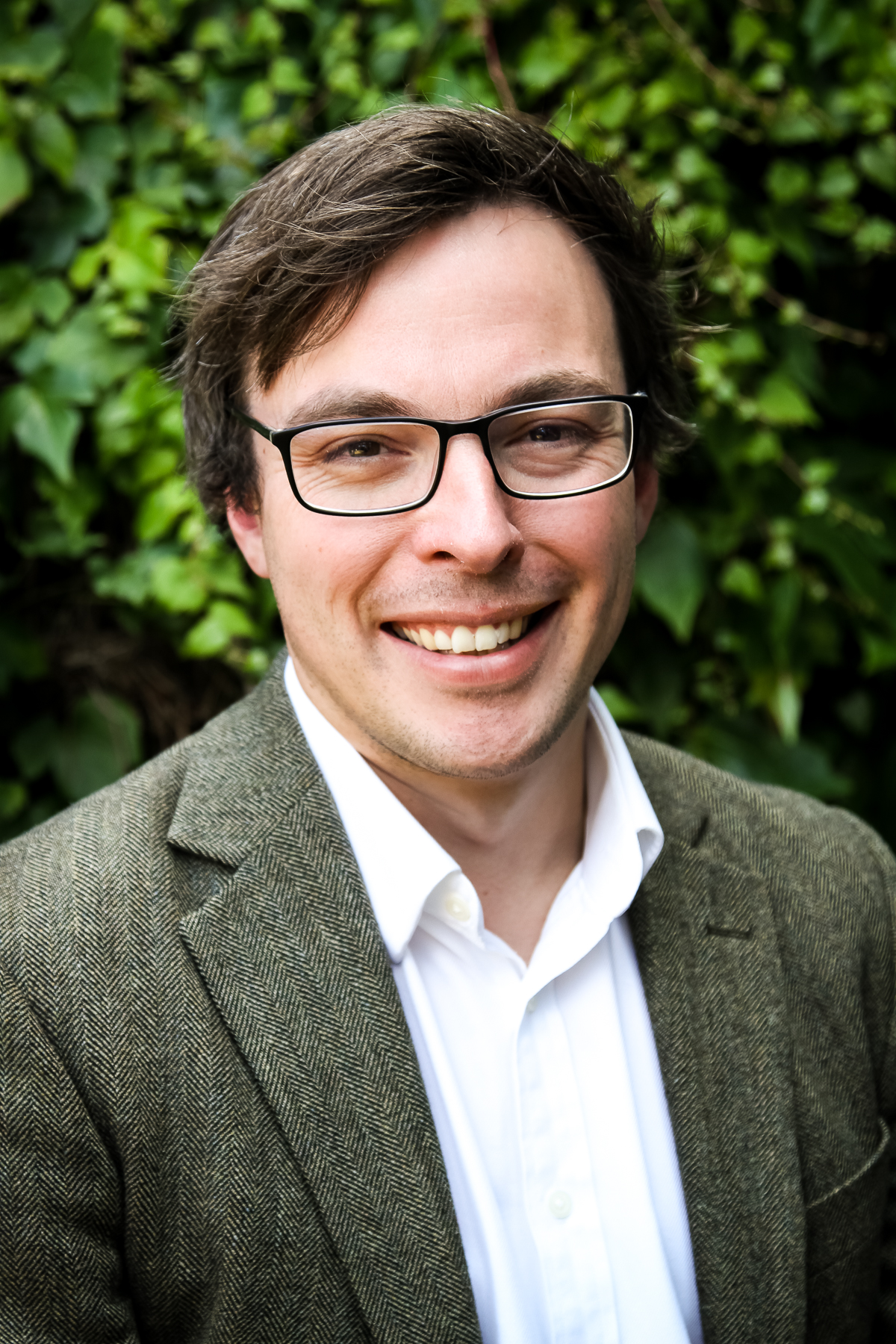Cultivating Place is a column considering our relationships to the varied places we have been planted. As followers of The One who became flesh and made his dwelling among us, who wept over the earthly Jerusalem, we will explore the unique opportunities each of us has to seek the good of our place, wherever that may be.
![]()
I am lying in the dark, thinking darkly gnostic thoughts. What I had naively written off as a minor, everyday virus has proven to be nothing of the sort. During days, which have turned to weeks, which have turned to months, my body has stubbornly refused to heal. In every cell, the lights have burned low, the music has faded away, the colours have dulled.
Lying in a fugue of post-viral fatigue, I realise I have commenced a second serious semester in the schoolroom of suffering. I had not graduated the first with any honours. Eight years prior, chronic misuse on the basketball court had frayed the cartilage in my right knee to the bone. In the zenith of my strength, pain and weakness had stolen upon me. Where once each fibre of my being had strained with life, as though singing the very song of creation, I now limped through painful days, and struggled through sleepless nights.
Suffering had bid me learn, but I had not been ready. As the groan of the fall had risen in my bones, I had clapped my hands over my ears and slunk from the schoolroom. I was not prepared to wrestle with my Maker, to learn how His grace might be sufficient for me; how His power might be perfected in my weakness. I wanted my power to be made perfect in strength, for the surpassing power to belong to me. And so, clutching rags of tattered pride around me, I had shuffled out into the wilderness.
In all bodily suffering, two paths of apparent escape call out. The first is the gnostic turn: to condemn the physical realm in all its unpredictable frailty. Betrayed by our flesh, we seek solace in the apparently unchanging dimensions of mind or spirit, hoping somehow to transcend the besetting weakness of our bodily habitation. The second apparent escape is into materialism: doubling down on the primacy of the physical, but in a selective mode, amplifying the parts of us which groan least, in the hope of drowning out the parts which groan the loudest.
Both paths promise relief amid the perplexity of pain, but both fragment the self. Where the gnostic turn fractures the unity of body and spirit, the materialist turn forces division of the body into weak and strong members, hiding the former in shameful darkness, while burdening the latter with unbearable weights of expectation.
Such is the motivation of pride that I limped for years between these broad, dead-ended paths, determined neither to acknowledge my frailty, nor to discern any providential purpose in it.
And so, in His severe mercy, my Maker had now hedged me in, guiding my steps back to the schoolroom of suffering. This time, the lesson was all-encompassing. Where my frayed knee had left my mind unscathed, permitting the illusion of transcending physical weakness through mental strength, fatigue now drifted like fog through mind and body alike. Where my knee injury had spared the strength of other members, leaving a refuge for my pride, now the vital fires of every cell had guttered to smouldering embers. There remained nothing on which to build an altar to self-reliance, no song of strength to drown out the groans of the fall. If I had an ash heap, I would have sat on it. If I had a broken pot-shard, I would have scraped myself with it.
Barred from running down broad, familiar roads of escape, I found myself guided up an altogether steeper and narrower path; called to acknowledge that the goodness of creation — including my own body — is not obliterated amid the groaning of the fall. Despite its apparent betrayal, the newly frayed and frustrated tent of my body had not become a worthless shell to be merely tolerated, as if at death my “true” self might finally shrug it off. As Augustine affirms, “the body is not an extraneous ornament or aid, but a part of man’s very nature.”[1] My flesh — even in its weakness — is part of the unity of who I am: a creature fearfully and wonderfully made. I have no right either to flee or to fragment what my Maker has woven together.
As Paul tells the Corinthian church, our ultimate hope as we groan with all creation is not for our spirit to be unclothed from the tent of the body, but for this frail habitation to be further clothed with resurrection life.[2] Christ’s scars were not erased at death, but are manifest yet in His perfected, resurrection body. What was once flogged and pierced was raised imperishable yet gloriously recognisable, a first-fruits of indestructible life. Likewise, my mortal body will not be obliterated at the resurrection, but will instead put on immortality.[3]
This radical continuity, between mortal life now and imperishable life hereafter, whispers the beginning of the answer I seek in my suffering: “How do I bear the singing of eternity in my heart, while the fall groans in every joint and sinew?”
In our afflictions, we carry in our bodies the death of Jesus, so that the life of Jesus may also be manifested in our bodies.[4] It is not in spite of but because of the death of Jesus manifested in broken flesh that the power of His risen life is made known in this present age. When it comes to manifesting Christ this side of glory, the very frailty of my body is a feature, not a bug. Mysteriously, in His providence, my worn and weathered flesh is fitted for a hard yet honourable work, in a calling unique to this chapter of its eternal story.
I live in a land scattered with old, ramshackle, weather-worn, draughty, leaky buildings. It is to these habitations, rather than their uncannily perfect new-built siblings, that I have always naturally gravitated. Yet, I have denied in the tent of my own body what I know intuitively to be true of the buildings I most cherish: that it is not in spite of but because of their fragility and imperfections that these old buildings can, at their best, harmonise so beautifully with the human life they hold within. In the buildings I find most hospitable, it is precisely the cracks and unintended openings, the draughty windows and poorly-insulated walls, which allow the abundance of the life within — the fragrance, music, and light of human community — to overspill in witness to the world beyond.
In all the homes and hostelries I find most inviting, the fabric of the building and the distinctives of the human community cradled within are brought into mysterious conversation, mutually adorning one another. By contrast, an impervious, unchanging, inflexible building speaks a form of death. A bunker of reinforced concrete may be impervious to wind, flood and fire — all of which would pose a mortal threat to a fragile, wood-framed, Tudor house. Yet of these two habitations, only the latter could ever flourish as a home.
I battle to believe that what I hold to be self-evident for the brick-and-mortar buildings I most cherish might also be true for the battered tent of my body. As my flawed, fleshly habitation awaits the Master’s restoration, its besetting fragility and dependency are perfectly fitted to manifest the surpassing power of His life at work within. The presence of this life is crucial. Absent the sustaining life of the Spirit, the tent of my physical body is no more than a ruin, a place of desolation. It is the inner life that bears the promise this outwardly unremarkable tent will one day be transformed: recognisably my own, yet gloriously different in ways beyond imagining.
And so, as my body carries shining hope within its frail fabric, I can perhaps find the courage to offer my habitation to my Maker’s use. Much as my pride longs that my frame were impervious as steel and concrete, this would — if even possible — be a form of spiritual death. Rather than resent the cracks, rips, and holes, of my mortal dwelling, I pray for courage to believe that through them the fragrance, light, and music, of the Gospel might flow out unimpeded, manifesting the welcome of Christ to a world in bondage to the fear of death.
![]()
[1] Augustine, Saint. Augustine: The city of god against the pagans. Cambridge University Press, 1998, Book I, Chapter 13
[2] 2 Corinthians 5:4 (ESV)
[3] 1 Corinthians 15:52-54 (ESV)
[4] 2 Corinthians 4:7-10 (ESV)
The featured image is courtesy of Sam Keyes and is used with his kind permission for Cultivating.
Leave a Reply
A Field Guide to Cultivating ~ Essentials to Cultivating a Whole Life, Rooted in Christ, and Flourishing in Fellowship
Enjoy our gift to you as our Welcome to Cultivating! Discover the purpose of The Cultivating Project, and how you might find a "What, you too?" experience here with this fellowship of makers!


This was so encouraging and relatable! I still deal with chronic pain in the elbow I shattered three years ago. Praying for courage for both of us as we journey with these frail bodies and look towards our Heavenly home!